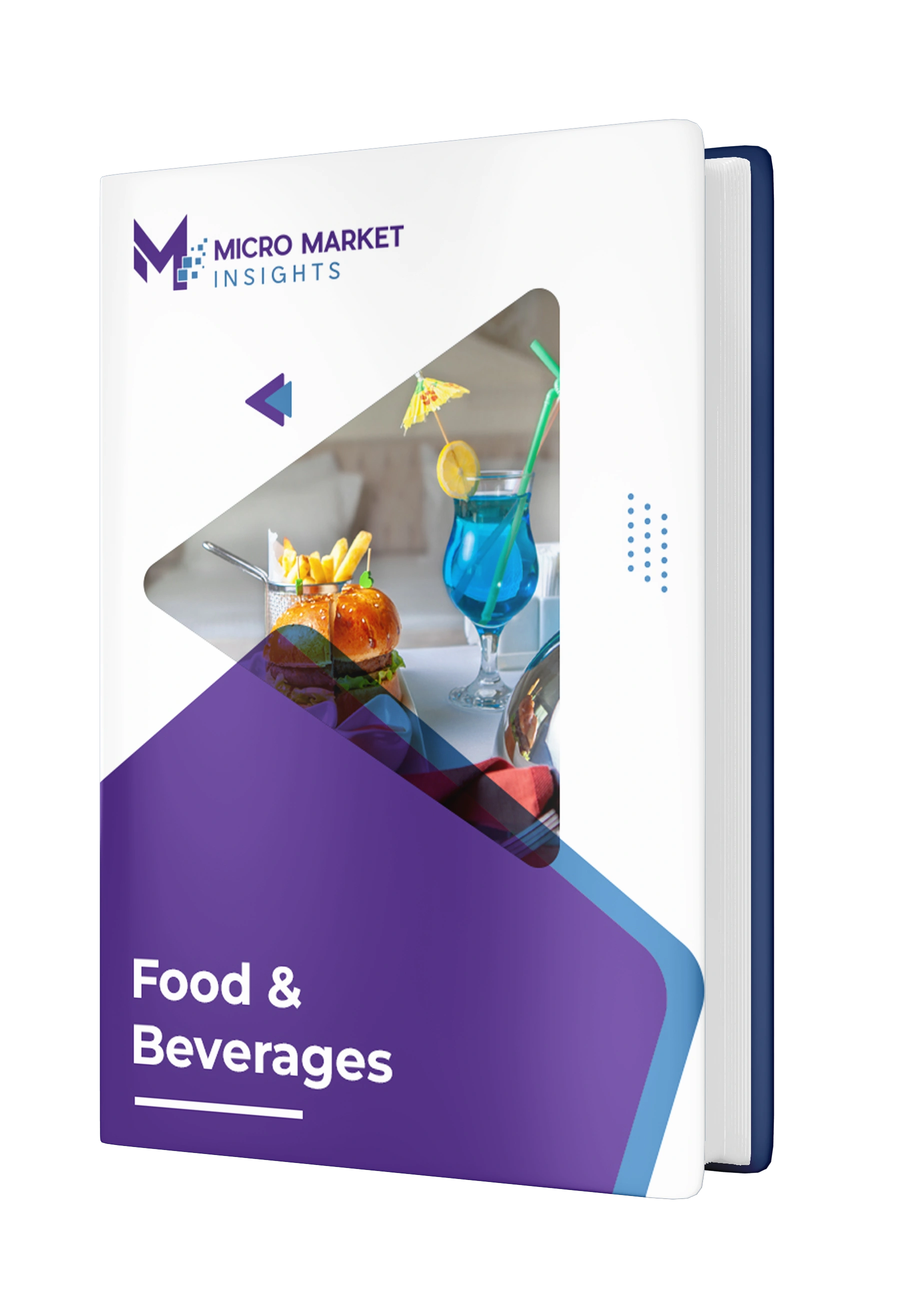Stay informed with the latest market research insights and news updates.
The food and beverage industry is undergoing a massive transformation driven by evolving consumer preferences, technological advancements, and global sustainability initiatives. Understanding these factors is crucial for stakeholders, investors, and businesses looking to capitalize on emerging opportunities. Micro Market Insights delves into the top driving points, future opportunities, and applications that are shaping this dynamic industry.
Consumers today are more health-conscious than ever, leading to a surge in demand for organic, plant-based, and functional foods. The focus on natural ingredients, reduced sugar, and fortified products is reshaping product development.
From AI-driven food production to precision fermentation, technology is enhancing efficiency and innovation. Smart packaging, robotics in food handling, and AI in quality control are some game-changers in the sector.
With climate change concerns rising, sustainable sourcing, ethical farming, and reduced carbon footprints are now industry priorities. Companies adopting sustainability measures are gaining consumer trust and market share.
The shift towards online grocery shopping and direct-to-consumer (DTC) models has created new opportunities for brands. Companies are leveraging digital platforms to reach customers directly and personalize their offerings.
Governments worldwide are implementing stricter food safety regulations. Compliance with evolving health and safety standards is essential for businesses to operate effectively.
The plant-based protein market is expected to grow exponentially, with innovations in lab-grown meat, insect proteins, and fermentation-derived proteins gaining traction.
Advancements in nutrigenomics and microbiome research are paving the way for personalized dietary solutions tailored to individual health needs.
AI-driven food supply chains, predictive analytics, and robotic food preparation are revolutionizing efficiency and reducing food waste.
Biodegradable, edible, and smart packaging technologies are gaining momentum, reducing environmental impact and improving shelf life.
The rise of cloud kitchens and on-demand food delivery services presents significant growth opportunities for the industry.
Statistics indicate a growing interest in lab-grown meat and plant-based alternatives. The global alternative protein market is projected to reach $17.9 billion by 2025.
With increasing livestock demand, the animal feed industry is integrating probiotics and alternative protein sources to enhance productivity and sustainability.
Efficient cold chain logistics are crucial for preserving food quality. The global cold chain market is expected to grow at a CAGR of 10% through 2028.
Consumers are shifting towards clean-label ingredients, driving innovation in natural preservatives and flavor enhancers.
The demand for efficient logistics solutions is increasing as supply chains become more complex and globalized.
Smart packaging, biodegradable materials, and digital traceability are revolutionizing the industry.
Automation and AI-driven processing solutions are improving efficiency, reducing costs, and minimizing waste.
Stricter food safety regulations are driving the adoption of blockchain and IoT for enhanced traceability.
The nutraceuticals market is booming, with a projected value of over $400 billion by 2027.
Frozen food consumption is on the rise, driven by convenience and improved freezing technologies.
The food and beverage industry is at an exciting juncture, driven by health trends, sustainability efforts, and technological advancements. Businesses that adapt to these changes and leverage emerging opportunities will thrive in the evolving landscape. Micro Market Insights continues to track these trends to provide valuable market intelligence.
Health-conscious consumers, technological innovations, sustainability initiatives, and regulatory changes are the key growth drivers.
Plant-based foods, AI-driven food production, sustainable packaging, and personalized nutrition are among the top opportunities.
Blockchain, AI, and IoT are enhancing food traceability, quality control, and regulatory compliance.
E-commerce is transforming food retail, enabling direct-to-consumer sales, subscription models, and personalized experiences.
Sustainable sourcing, eco-friendly packaging, and carbon footprint reduction are becoming industry standards.

Food_and_Beverages / Food and Beverages

Food_and_Beverages / Food and Beverages

Food_and_Beverages / Food and Beverages